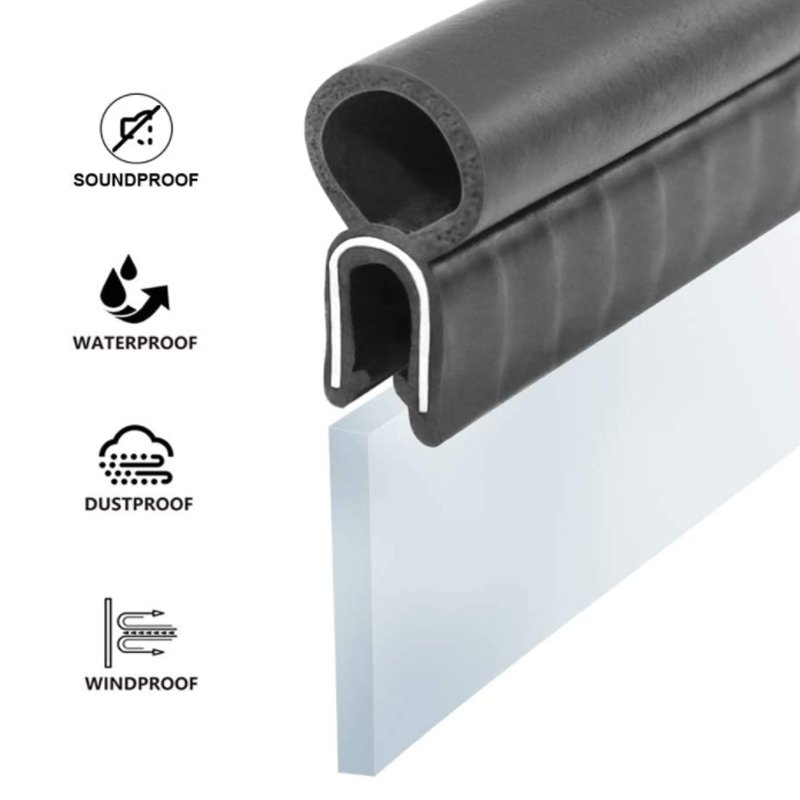Building a waterproof rubber seal strip involves several steps to ensure that it is properly installed and provides effective waterproofing.
Here are the steps you can follow to correctly build a waterproof rubber seal strip:
Clean the surface: The surface where you will be installing the rubber seal strip must be thoroughly cleaned and free of any dirt, debris, or grease. China waterproof rubber seal strip Use a clean cloth or paper towel to wipe the surface and ensure that it is completely dry before proceeding.
Measure and cut the rubber seal strip: Measure the length of the area where you will be installing the rubber seal strip and cut the rubber seal strip to the appropriate length. Use a sharp utility knife or scissors to cut the rubber strip to size.
Apply adhesive: Apply a thin layer of adhesive to the back of the rubber seal strip. Use a waterproof adhesive that is suitable for use with rubber, such as silicone adhesive or contact cement.
Position the rubber seal strip: Carefully position the rubber seal strip onto the surface where you want it to go, making sure it is aligned correctly. Press the rubber seal strip onto the surface firmly to ensure a secure bond.
Seal the edges: Use a sealant to seal the edges of the rubber seal strip where it meets the surface. This will ensure that there are no gaps that could allow water to penetrate.
Allow the adhesive to dry: Allow the adhesive to dry completely before exposing the rubber seal strip to water. Follow the manufacturer’s instructions for the recommended drying time.
By following these steps, you can correctly build a waterproof rubber seal strip that provides effective waterproofing and protects against water damage.
How long should I wait for the adhesive to dry?
The length of time it takes for the adhesive to dry depends on the type of adhesive being used, as well as the environmental conditions in which the rubber seal strip is being installed. It’s important to follow the manufacturer’s instructions for the specific adhesive being used, as these will provide the most accurate and reliable guidance on drying times.
In general, most waterproof adhesives require at least 24 hours to fully cure and reach their maximum strength. However, some adhesives may dry faster or slower depending on factors such as temperature, humidity, and ventilation. It’s important to allow the adhesive to dry completely before exposing the rubber seal strip to water or other environmental factors, as this can compromise the effectiveness of the seal and lead to water damage.
If you are unsure about how long to wait for the adhesive to dry, consult the manufacturer’s instructions or contact a professional for guidance. It’s better to err on the side of caution and allow the adhesive to dry for longer than necessary, rather than rushing the process and risking a compromised seal.
